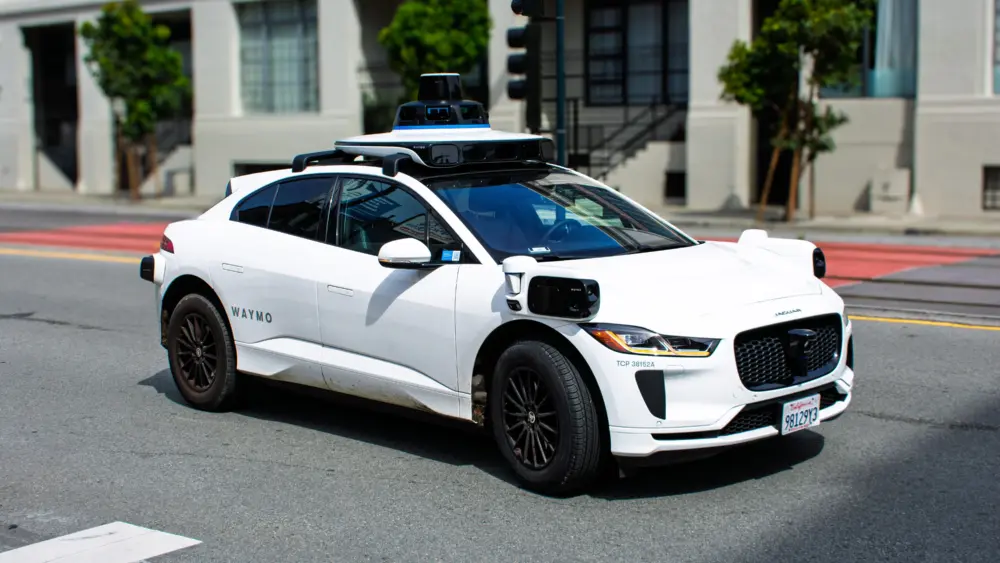
The word “metaverse” first appeared nearly 30 years ago in Neal Stephenson’s 1992 novel, Snow Crash. It was used to describe a virtual world in which humans (in the form of software-generated avatars) and programs interact. Movies such as The Matrix or Ready, Player One provide more recent visualizations of the concept. In the former, humans have been wired directly into the simulation, known as the Matrix, which looks like “the real world.” In the latter, the humans use virtual reality (VR) headsets and various forms of haptic feedback (gloves, suits, etc.) to access the Oasis, a fantastical environment combining thousands of worlds—some normal, some straight out of video games.
Of course, if you’re escaping into the metaverse, perhaps it’s because reality sucks. As described by Gian Volpicelli in Wired UK: “In its fictional incarnations, however, the metaverse is desirable because the alternative (i.e. Earth) is insufferably dark. In Snow Crash, people run amok in the metaverse while the world is a violence-ridden anarchical mess dogged by mafia cartels and hyperinflation. In Ready Player One, a global underclass living in squalid shanty towns plug into the Oasis for days on end in the hope of winning an in-game scavenger hunt.”
Nevertheless, interest (as gauged by Google Trends) in the metaverse spiked in April of this year when Epic Games, maker of gaming hit, Fortnite, announced it had raised $1 billion from investors (including $200 million from Sony) specifically to invest in developing their version of the metaverse. At nearly the same time, graphics chip maker nVidia announced an enterprise version of its “Omniverse,” a “metaverse for engineers” due to its accurate modeling of real-world physics and reliance on an open standard (the Universal Scene Description language) for adding objects into the simulation with little effort. BMW is using the Omniverse to create virtual factories before building them in the real world, and Volvo is using it to create “real” environments to test self-driving car logic.
Not to be outdone, Facebook (which owns VR headset maker Oculus) announced “Horizon Workrooms for Oculus Quest 2,” a 3D virtual conference room with cartoon-like avatars. Workrooms users can collaborate on shared whiteboards or documents, still interacting with their own physical desk and computer keyboard. The app is free, but requires Oculus Quest 2 VR headsets, which cost $299.
There’s a good video review of Workrooms from CNet here (youtu.be/gHIrIPnX4G8), so you can see what I am talking about. Frankly, I’d rather have a Zoom meeting and see my co-workers face to face than put on a VR headset to interact with cartoonish replicas, but that may be my age showing. It’s also probably because I haven’t had any experience with the latest generation of VR headsets, which have improved immeasurably since my experience with the ill-fated Nintendo Virtual Boy in the mid-1990s.
Other suspects in the multiverse game are Microsoft, with its ownership of popular world-building gamea Minecraft, and Roblox. There’s also Linden Labs, the OG of the PC metaverse, whose “Second Life” was released in 2003, and today has annual revenues of roughly $160 million. The economic possibilities of a true metaverse are, of course, staggering and it doesn’t hurt the stock prices of these companies to tout their metaverse plans (Much like two years ago when every company seemed to have an angle on the blockchain).
To me, most of this still sounds like hype rather than anything remotely approaching the “so-immersive-you-forget-the-real-world” metaverse of books and movies. Smart people are thinking hard about what it will take to deliver that kind of experience—an excellent source for further reading is “The Metaverse Primer” by Matthew Ball, a venture capitalist. Short take: it’s a lot harder than it looks.
And never forget: we still need to eat, sleep, and shower (at least I hope so) in the real world from time to time.
But perhaps the metaverse is already here? You may be familiar with the “simulation hypothesis,” which proposes that “real life” is, in fact, just a gigantic simulation and we don’t really even exist. There is no virtual reality like the Matrix, Oasis or the Metaverse to enter, since each of us is nothing more than a computer simulation of human consciousness. According to people who know about such things, the chance of this is about 50-50.
My guess is we’re at least 20 years away from the deeply immersive experience that others have imagined. And, like any computer construct, the metaverse will come with rules. An important question to consider is: Who will make the rules for the metaverse? As we see today, certain questions are being raised. Who makes the rules for Facebook? And, who makes the rules for Twitter? The answers to these questions can influence the course of politics and civil discourse. Ready, Player One ends with an uprising to defeat a corporation attempting to control The Oasis. Who can say what lies ahead for us?
Author
-

Michael E. Duffy is a 70-year-old senior software engineer for Electronic Arts. He lives in Sonoma County and has been writing about technology and business for NorthBay biz since 2001.
View all posts



